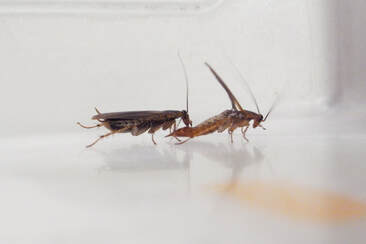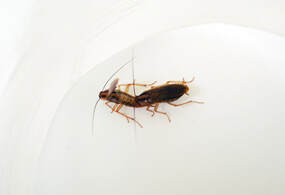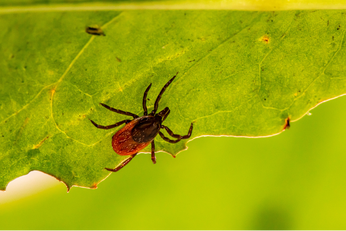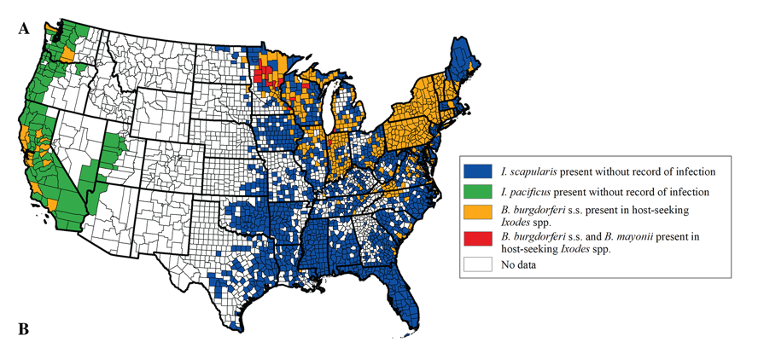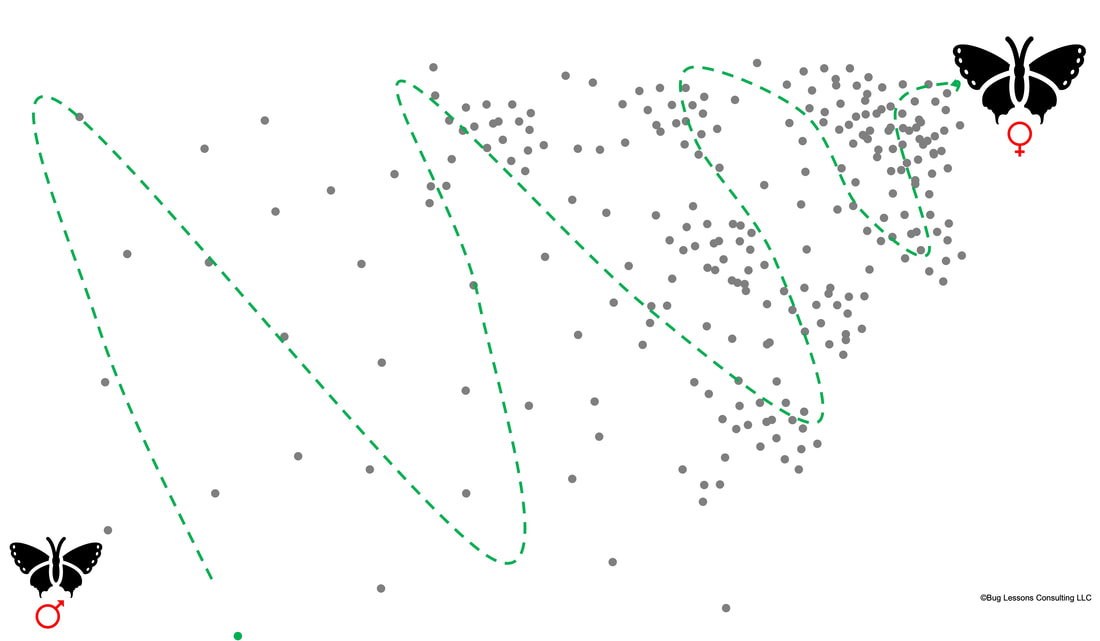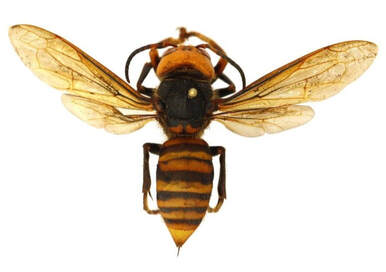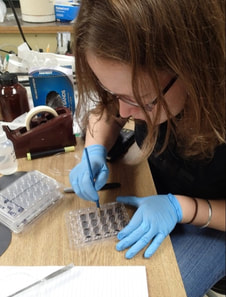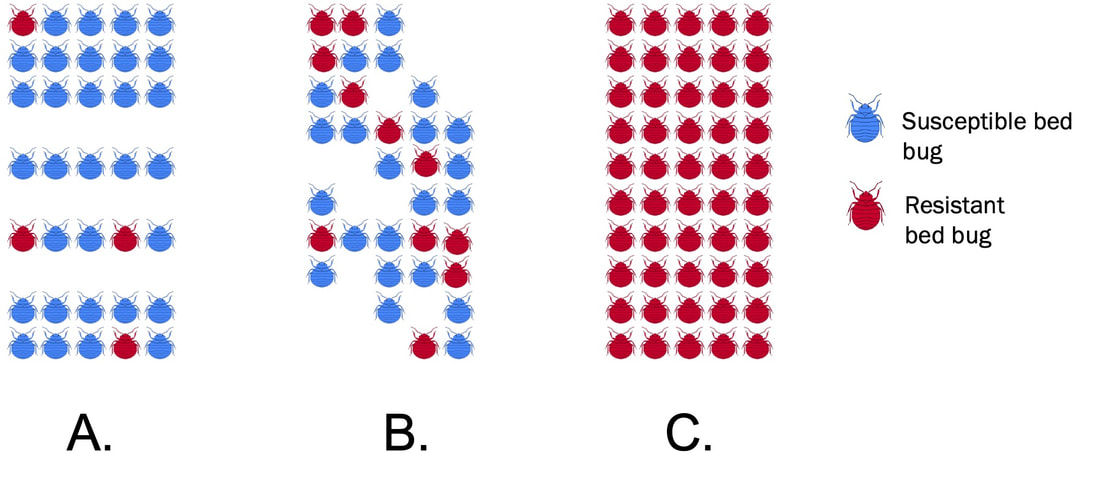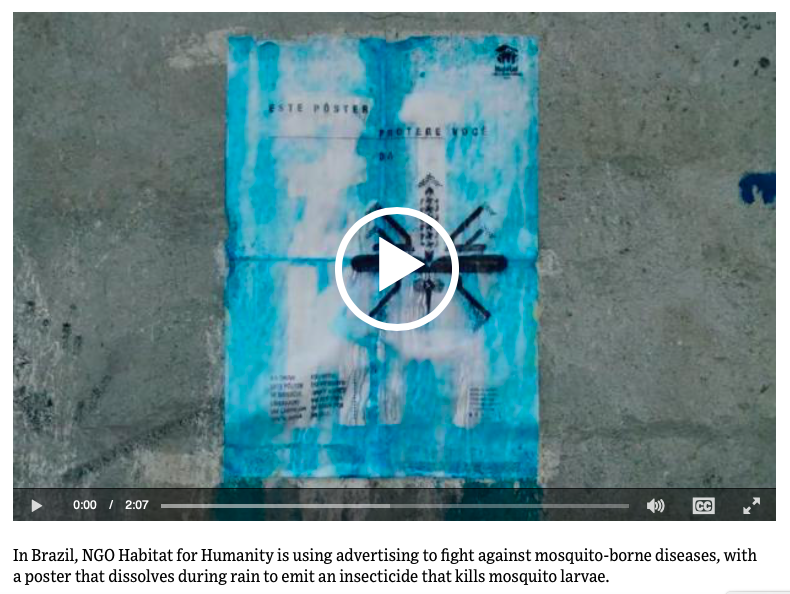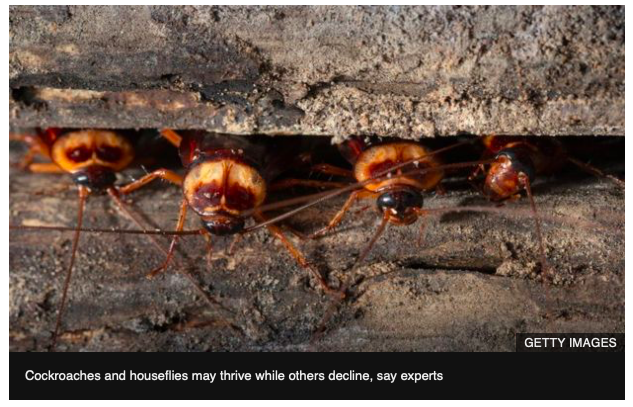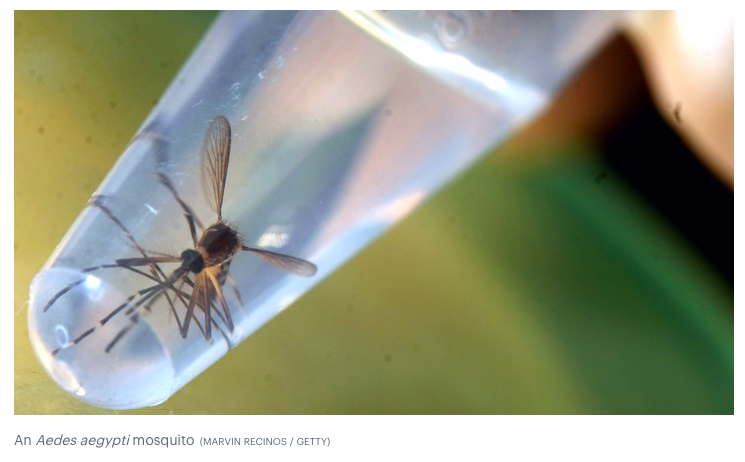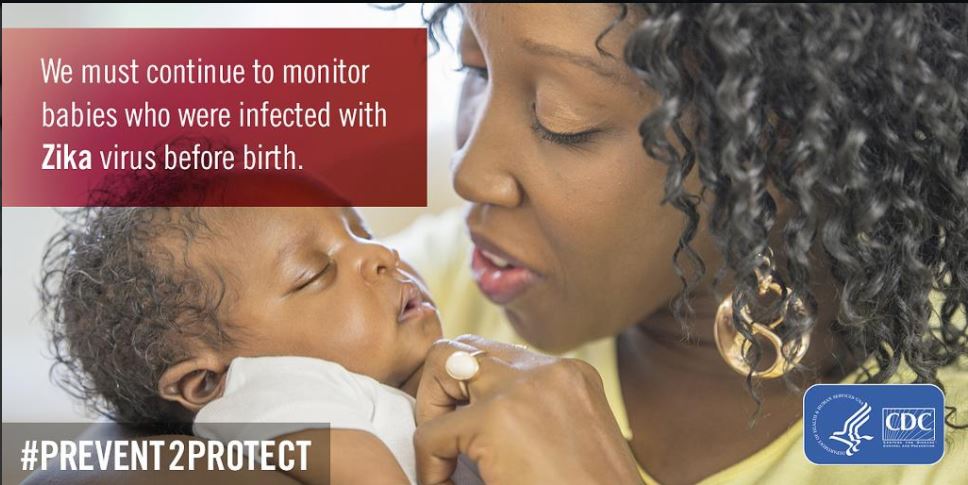|
Insecticide resistance can have troubling costs for insects. What happens when resistant insects start rejecting potential mates? Will the population revert back to susceptibility? Not necessarily. Read on to find out more about a unique, unintended consequence of behavioral insecticide resistance in a common urban pest. Previously, Bug Lessons mentioned how insecticide resistant German cockroaches started to avoid glucose (a type of sugar). Sugary, sweet baits used for managing these insects are also insecticidal. By avoiding sugar, the cockroaches ultimately also avoid the bait. Now, researchers have discovered that female cockroaches that avoid glucose (GA-females) often reject males attempting to mate. WHAT DOES SUGAR HAVE TO DO WITH COCKROACH MATING? Nuptial gifts are small “treats” that animals give to one another to help increase their chance of mating. (Think about that next time your partner gives you a box of chocolates.) This “gift-giving” practice is common in the insect world. For German cockroaches, males present females with a nuptial gift of body secretions that contain sugars and fats. This gift holds the female’s attention long enough for the males to mate.
However, the nuptial gift that males provide to females contains sugar. Researchers noticed that GA-females turn down the nuptial gift presented to them by most males. As a result, they are rejecting successful mating too. This is counter to what we would expect, since most insects must mate to survive. Why do these females reject the gift, especially since the sugars in the male nuptial gifts are not glucose? SOLVING THE PUZZLE To understand why females were leaving mating events early, researchers started matching up different pairs of cockroaches and observed what happened. Females that avoid glucose most often avoided mating with normal males. (Normal males do not avoid glucose.) However, GA-females feeding on nuptial gifts from males that also avoid glucose (GA-males) did not interrupt mating as quickly.
FINAL THOUGHTS The insecticides we use for pest management can affect both the behavior and physiology of insect populations. We need to understand exactly how we are modifying populations with insecticides because unintended consequences that make pest management more difficult can occur. According to Dr. Coby Schal, an author on the study, “We are constantly in an evolutionary battle with cockroaches. Evolution can be sped up tremendously in the urban, human environment because the selection force imposed on insects, especially inside homes, is so intense.” This study provides yet another timely reminder of the importance of science-based pest management to delay insecticide resistance and other possible unintended consequences.
0 Comments
Ticks spread a lot of disease in the U.S. If we understand where ticks live, can we stop the spread of tick transmitted disease in its tracks? A new study published by scientists at the CDC claims that maybe we can. Read on to find out exactly how researchers are trying to reduce illness spread by ticks through surveillance and monitoring. Pathogens transmitted to humans by ticks can cause severe illness, even death. Additionally, allergic responses to tick bites, such as alpha-gal syndrome, can severely impact people’s quality of life. In the U.S., tick transmitted diseases account for over 75% of reported illnesses spread by vectors (animals such as insects and ticks that spread pathogens to other animals). In fact, cases of tick transmitted disease more than doubled from 2004-2016 according to the CDC. Some of the problems created by ticks are new and/or poorly understood by the medical community. Scientists recently found a new, invasive tick that has the potential to spread germs to humans and animals. However, public health professionals still have questions about native ticks as well, such as the blacklegged (deer) tick.
To produce maps visualizing where ticks and pathogens exist, authors compiled tick surveillance data from 2004-2021 by analyzing surveillance records, published research, and archives from public health websites. The results give us the most current idea of where blacklegged ticks reside in the U.S. as well as where exposure risk is highest for some common illnesses. The CDC data also revealed that Lyme disease (caused by two types of bacteria) is the most widely reported illness- found in 476 counties, 29 states, and the District of Columbia. Authors noted that pathogen distribution is narrower than tick distribution, and disease cases are likely underreported. For instance, many people do not know that they have Lyme disease and are misdiagnosed. The authors of this paper are filling huge knowledge gaps, especially for areas where ticks are occurring for the first time. However, this study only focused on two species of blacklegged ticks and seven pathogens that cause the following diseases: Lyme disease, hard tick relapsing fever, anaplasmosis, babesiosis, Powassan virus disease, and ehrlichiosis. There are still other species of ticks that can cause other diseases in the U.S. not focused on in this publication. However, not all ticks can transmit pathogens to people. For pathogen transmission to occur, the correct tick species infected with enough pathogen must bite a person. Then, the tick must bite long enough to transmit the pathogen successfully. How long pathogen transmission takes depends on the tick and pathogen in question. Additionally, pathogens and diseases are typically associated with specific ticks. For instance, as of now, scientists have only found Powassan virus in three species of ticks including the blacklegged ticks. FINAL THOUGHTS The authors hope to continue updating the map to keep the public and healthcare providers aware of tick “hot spots.” This is important, because as mentioned above, exposure to ticks could pose a risk to humans. Knowing where ticks exist can help people assess how thoroughly they should check for ticks on their bodies after spending time in habitats likely to harbor ticks (such as woody and excessively grassy areas). Bite prevention is the best way to keep safe. Ideally, you should perform a “tick check” when you have been outdoors for a long period of time even if surveillance data indicates you are probably in the clear. Prevention is the best treatment for disease! Humans are not the only animals that talk to each other. Did you know that insects communicate by sending invisible chemical messages through the air? These conversations span subjects like where to have dinner, where the safe spaces are to hide, and details for romantic dates. Scientists can eavesdrop on these conversations and distort the messages—sometimes to our benefit. Read on to see how researchers direct Asian giant hornets to the wrong place using just the right chemical message. Scientists in the field of chemical ecology study the chemical interactions among and between living organisms and their environment. For instance, pheromones are important chemicals that animals use to communicate with one another. Popular media often presents pheromones as mysterious chemicals that attract the opposite sex, even though to date, scientists have not identified a single human pheromone. However, pheromones are not just chemicals that lure in a romantic partner. Technically speaking, pheromones are chemical messages between individuals of the same species that cause a very specific reaction, like a change in behavior. In fact, there are eight types of pheromones used by insects, and experts classify them based on the behavior triggered (e.g., aggregation, alarm, home recognition, and sex pheromones).
There has been a lot of media coverage on the Asian giant hornet (Vespa mandarinia) since its invasion into the Pacific northwest in 2019. Popularly called “murder hornets”, the species has caused widespread panic that they are going to hurt people. Fortunately, these hornets pose little direct threat to folks. Unfortunately, there is real concern that the species might establish in the United States. To try to avoid this, there has been a frenzy on the part of researchers to eliminate them from North America.
On that note, people generally use traps to monitor presence and number of pests rather than controlling insect populations. For example, since female Asian giant hornets are responsible for egg-laying and colony production, only capturing males might not reduce the number of hornets if they already mated with a female prior to capture. However, capturing males would help scientists quickly detect overall hornet activity. Thus, pest managers can use pheromone traps in the “identification” and “monitoring” portions of an integrated pest management plan. FINAL THOUGHTS Chemical ecology can help develop products that protect many different environments from pests. For instance, constantly monitoring for insect activity may stop invasive species from infesting by detecting invaders sooner rather than later. In field crops and forests, pheromone traps have been instrumental in reducing damage to plants. Additionally, these types of products are used in structures to monitor activity of urban and stored product pests. Only by listening and deciphering the secret messages of insects can we use their languages against them. Insecticide resistance can result in product failures and pest infestations getting out of control. Does that mean all hope is lost? How can people stop insecticide resistance from happening? This week’s blog provides a little knowledge about the traits that allow insects to survive exposure to an insecticide and ways we can prevent this phenomenon from occurring. Scientists group insecticides into classes based on different commonalities they share, such as the way they kill bugs (e.g., their mode of action). For example, the class of insecticides called organophosphates (OPs) all work by interfering with an enzyme involved in nerve function. By interfering with this enzyme, normal nerve signals fail, the insect’s behavior changes, and ultimately, the insect dies. The enzyme affected by the OP is called the target site. The target site is the exact place where the pesticide exerts its killing action. How is all of this related to insecticide resistance, though? When people repeatedly use products with the same mode of action, resistance can develop. In groups of bugs, a variety of individuals exist with unique physical and behavioral characteristics—and some of them may have genetically based traits that make them less likely to die from pesticide exposure. Using a pesticide kills the majority of individuals in the population. With enough time, the repeated use of the same or similar pesticides kills the susceptible members of the population until only the individuals that can survive exposure remain. WHAT KIND OF TRAITS ALLOW AN INSECT TO SURVIVE EXPSOURE TO AN INSECTICIDE? Scientists have identified relatively few ways that insects use to survive exposure to an insecticide.
Another strategy uses a product that has two different modes of action (combination product), or a tank-mix. By using multiple modes of action at once, hopefully there will not be individuals in the population with the right mechanism(s) of resistance to overcome simultaneous killing methods. However, over long periods of time, this method may still select for insecticide resistance. For more information on tank mixing, visit the Pesticide Environmental Stewardship website. Maintaining susceptible individuals with susceptible genes that can interbreed with resistant individuals may also delay resistance. In agriculture, pest managers may do this by not spraying dedicated areas within or near fields to create safe spaces or refuges for susceptible insects. However, in some environments like people’s homes, allowing any insects to persist may not be acceptable. FINAL THOUGHTS Evolution is a process that allows animals to survive, even in changing environments. Thus, we should not be surprised that insects can adapt to environments where insecticides are applied. As of now, over 500 species of insects demonstrate some form of insecticide resistance. Once a population has become resistant, professionals have a challenge lessening that resistance. Reversal of resistance can occur by allowing extensive time between applications of insecticides. However, this is not always reasonable, and no one can know if a resistant population will revert back to the same level of susceptibility. The best way to stop resistance is preventing resistance. With a little bit of knowledge, everyone from consumers to professionals can help delay the selection of resistance. Scientists talk about the importance of insecticide resistance often, but what is insecticide resistance? How can insecticide resistance be prevented? This week’s blog discusses some insecticide resistance 101, different ways insects survive insecticide exposure, and why you need to know. Bug Lessons regularly advocates for the importance of integrated pest management (IPM) and science-based pest control to effectively manage or eliminate pest problems. Using multiple tools and data-driven treatment decisions to manage pests can reduce chemical insecticide use, which results in fewer environmental contaminates and prolongs the effectiveness of insecticide products. But how? Sometimes when a person uses the same product or active ingredient repeatedly, insecticide resistance can develop. Insecticide resistance is a change in how sensitive insect populations are to a particular insecticide and may result in failure of the product to control the insects. In other words, the insecticide once killed the bugs, but now they walk right through the spray like a gentle rain in May. HOW DO PESTICIDE APPLICATIONS RESULT IN INSECTICIDE RESISTANCE? Certain environments favor the survival of individuals with certain physical and behavioral traits. When a person uses an insecticide to kill insects, some insects may survive exposure because they are naturally different from the majority of the members in their population. These survivors are the ones who reproduce and, ultimately, spread the genes that made them different to new members of the population.
WHAT CAN I DO TO HELP? Insecticides are critical for protecting our food supply, reducing disease transmission, and protecting human and animal health. To preserve these useful tools, carefully consider how and how much insecticides you apply. Science-based pest control or IPM is a multi-step process utilizing all tools available and reasonable and uses data to inform treatment decisions. First, try to monitor pest populations and assess the level of damage before deciding whether the application of an insecticide is necessary. The presence of a pest does not always necessitate action or treatment. However, if treatment is necessary, decide whether other control measures can be employed, such as biological controls (predators/parasites), mechanical control, or sanitation. When applying insecticides, alternate between different insecticide classes if multiple applications are necessary. When choosing different insecticides to include in your program, consider the following:
If you think that you might be dealing with a resistant population of insects, report the problem as soon as possible to a local extension specialist at a nearby university. These folks should be able to help assess whether resistance is present, and if so, what type and what to do. Note that in some cases you might be dealing with ‘tolerant’ versus ‘resistant’ pests. Tolerance is not the same as resistance. Tolerance is a natural tendency and is not related to a tangible, genetic change in the population. For instance, you may see a difference in efficacy of a pesticide against different life stages of a pest. Older life stages of an insect may be more tolerant of insecticide application than younger life stages due to morphological characteristics such as cuticle thickness. Again, an extension specialist can help you tease apart any chemical failures you observe and assess the situation for you if you are unsure. FINAL THOUGHTS Insects and other animals can adapt to changing environments—that is why there is so much diversity in the world. However, their ability to rapidly adapt to change also allows insects to survive exposure to insecticides and become resistant, sometimes within a few generations. The best way to stop resistance is to prevent resistance. Using insecticides thoughtfully and sparingly can help prevent resistance by keeping susceptible members in the environment. For more information and resources on using pesticides more effectively, visit the Pesticide Environmental Stewardship website. Zebra's stripes fascinate people, and have led many of us to ask how these stripes evolved? Recent research has shown that pressure from biting flies may have selected for this trait. At close distances, the stripes prevent flies from landing and biting, thus interfering with the spread of deadly disease causing agents. This insight may be used to develop preventative clothing to protect commercial and hobby horses from horse flies and other insects. Innovation comes in many forms. Habitat for humanity is combining a novel delivery system for both public education and mosquito treatments. Very cool! Recent reports suggest insect populations are decling globally; however, not all insects are being affected the same. Urban and medical pests such as cockroaches, bed bugs, flies, and others may be poised to increase due to factors such as global warming and increased urbanization. Novel ways to interfere with vector-borne disease transmission are needed to overcome obstacles like insecticide resistance and work in conjunction with current tools to achieve better results. New research suggests there may be a way to prevent female mosquitoes from biting people and subsequently decreasing exposure to disease causing agents. A report from the CDC estimates that a higher proportion of the population may have birth defects related to prenatal exposure to Zika virus than previoulsy thought. Just another reminder that we know very little about Zika and need to focus on innovation (i.e.: new products, education/compliance programs) to prevent more people from getting sick and more unexpected consequences. https://www.cdc.gov/mmwr/volumes/67/wr/mm6703a2.htm?s_cid=mm6703a2_w |
Bug Lessons BlogWelcome science communicators and bug nerds!
Interested in being a guest blogger?
Archives
November 2023
Categories
All
|
